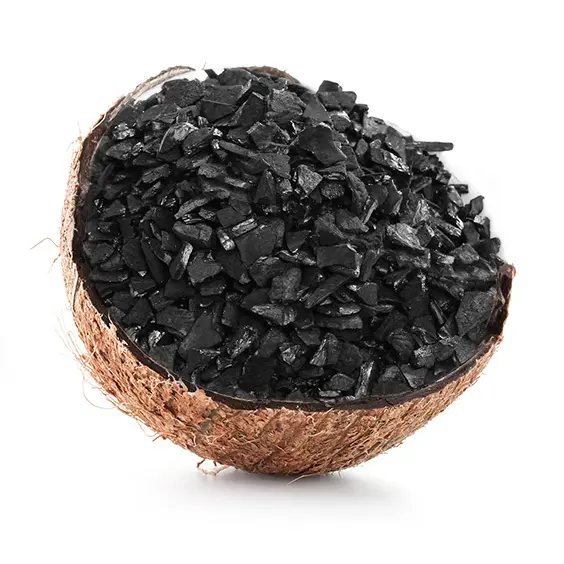In-depth analysis of coconut shell activated carbon market and technology in 2025: efficient adsorption materials driven by environmental protection needs

Coconut shell activated carbon is made from coconut shells through carbonization and high-temperature steam activation processes.It has the characteristics of well-developed pores,large specific surface area(900-1600m²/g),high mechanical strength,and strong chemical stability.Its unique microporous structure(pore size 1-50nm)can accurately adsorb pollutants of different molecular weights,such as heavy metals and organic matter in water,and formaldehyde and benzene in the air.
Adsorption performance is as follows:
(1.)Iodine adsorption value:high-quality products can reach 900-1200mg/g,and the adsorption capacity far exceeds that of coal-based activated carbon.
(2.)Strength and life:high strength(97%)ensures long-term use without breaking and reduces the frequency of replacement.
(3.)Environmental protection:renewable raw materials and no secondary pollution,in line with global environmental protection policy trends.
Application areas are as follows:
(1.)Water treatment:drinking water purification,industrial wastewater decolorization and deodorization(such as citric acid,pharmaceutical wastewater).
(2.)Air purification:indoor formaldehyde removal,industrial waste gas treatment(such as sulfide adsorption in chemical plants).
(3.)High-end industries:electronic ultrapure water preparation,pharmaceutical decolorization,precious metal refining.
Coconut shell activated carbon is transforming from a single adsorption material to a multifunctional composite material.For example,the smart filter element combined with the Internet of Things technology can monitor the adsorption saturation in real time and improve the efficiency of use.In addition,biomass waste recycling technology(such as straw and coconut shell mixed carbonization)will further reduce the cost of raw materials and promote the sustainable development of the industry.
